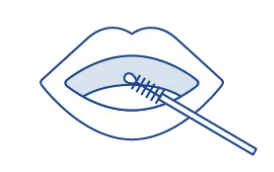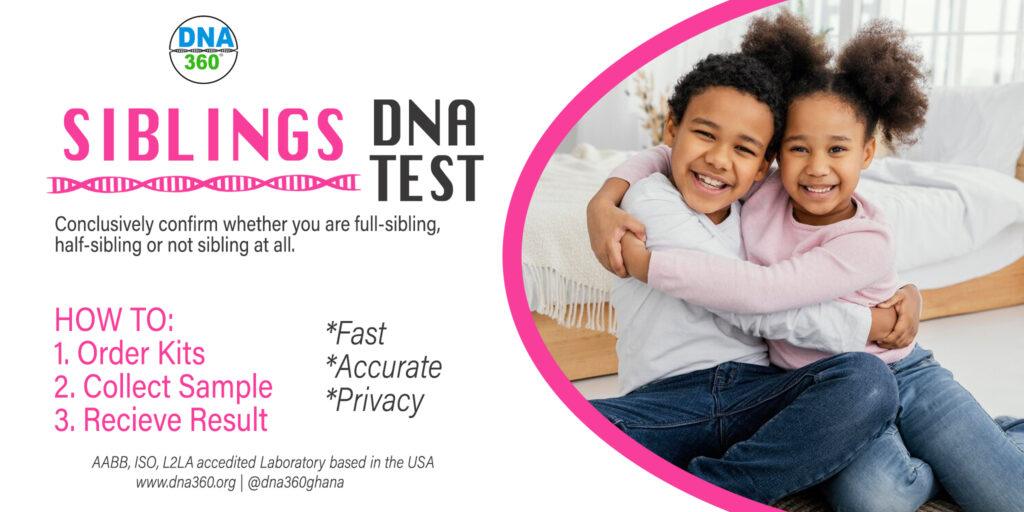Home DNA Siblings Test
The DNA Sibling Test is used in situations where the alleged parent(s) are not available for testing. The DNA Sibling Test provides the likelihood that alleged siblings are full siblings, half siblings, or not related at all.
- Results delivered in 1-2 business days
- Each DNA test is conducted twice for 100% accuracy
- AABB, ISO/IEC 17025 & CAP-CLIA accredited laboratory
NOTE: This test is intended for peace-of-mind and personal use only. Contact us for all legal tests!
ABOUT THIS TEST:
The DNA Sibling Test is used in situations where the alleged parent(s) are not available for testing. The DNA Sibling Test provides the likelihood that alleged siblings are full siblings, half siblings, or not related at all. Whenever the parent(s) in question are available for testing, the DNA paternity or maternity test is recommended over the DNA sibling test. However, in situations where the alleged parents are missing or deceased, then the sibling test is the next best option for investigating the relationship of potential siblings. The full genetic report is included with every test.
BENEFITS:
- Convenience
- Fast Turnaround
- Certified Laboratory
- Confidentiality
TECHNICAL INFORMATION:
During a DNA sibling test, a buccal swab (mouth swab) is collected from each of the alleged siblings to obtain cells containing genetic information in the form of DNA (deoxyribonucleic acid). Each person’s DNA represents a unique “genetic blueprint,” similar to a fingerprint. In the laboratory, the DNA is extracted from the cells, and specific DNA regions are amplified through a process called PCR (polymerase chain reaction) for thorough examination. The siblings’ DNA patterns are then compared to each other. A statistical analysis is conducted based on the match type typically expected for true biologically related sibling pairs, generating a “full sibling index” and “half sibling index.” True biologically related full sibling pairs (with the same mother and father) usually have a full sibling index value greater than 1.0 in their DNA sibling test report. Conversely, individuals who are not full siblings typically have a full sibling index value less than 1.0. True biologically related half sibling pairs (with only one parent in common) usually have a half sibling index value greater than 1.0 in their DNA sibling test report. Conversely, individuals who are not related typically have a half sibling index value less than 1.0. The higher the sibling index value over 1.0, the greater the likelihood that the two individuals are biologically related as siblings. Similarly, a half sibling index value of 1.5 indicates that the siblings share more genetic material than would be expected by chance alone. Conversely, the lower the sibling index value is below 1.0, the lower the probability that the two individuals are biologically related as siblings.
How Home DNA Testing Works
 ORDER TEST
ORDER TEST
From paternity tests to grandparent tests, we offer a wide range of DNA tests to fit your needs.

COLLECT SAMPLE
Easily swab the participants with our painless mouth swabs, then send the samples to our laboratory for analysis.

RECEIVE RESULTS
Access your confidential results online within 7-14 business days. Our team of experts is available for any questions.

